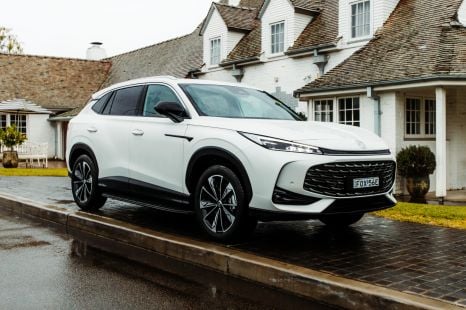

James Wong
3 Days Ago
Nissan is a well-recognised manufacturer worldwide, but there's plenty to unpack from the brand that was once known as Datsun.

Marketplace Journalist
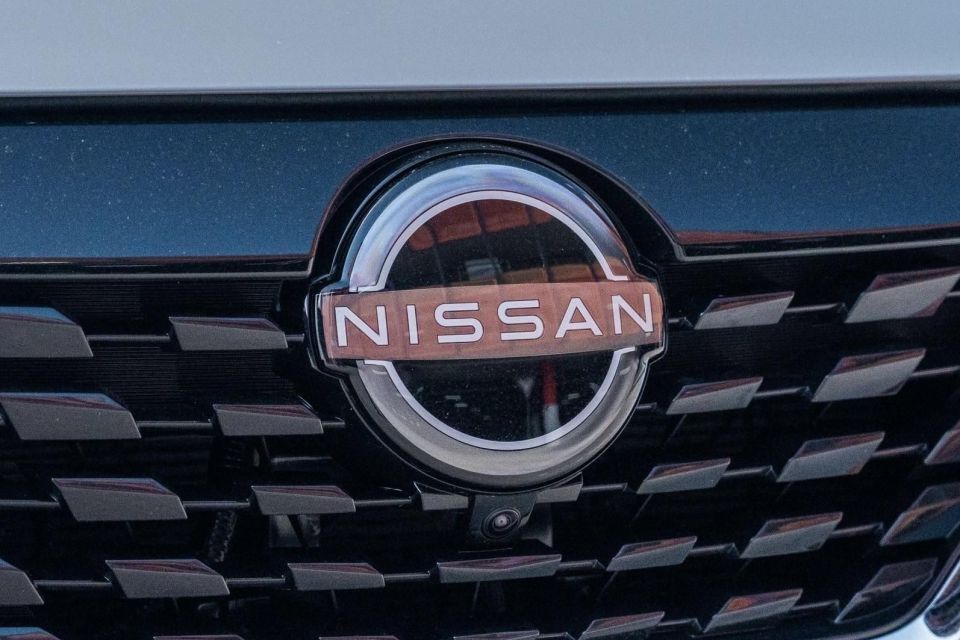

Marketplace Journalist
Nissan is a well-established name in the Australian market, servicing a variety of automotive segments and offering strong alternatives to some of the sales heavy-hitters like Toyota and Mitsubishi.
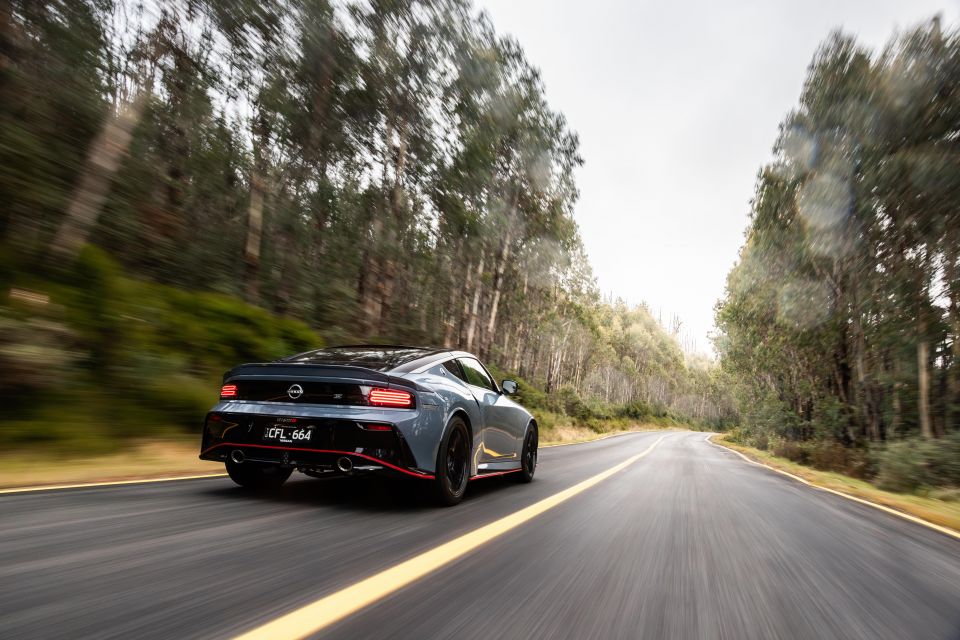
Though the brand has had a presence in Australia since the 1930s it wasn’t until the 1960s that Nissan – and Datsun – gained a foothold in the local market with a local production program. Since then it’s become a top seller, with multiple iconic nameplates serving the Australian market across several generations.
The Patrol in particular, a large four-wheel drive SUV, is an example of what helped Nissan to its status today, while cars like the Qashqai and X-Trail remain strong options in the modern market.
It’s also managed to secure success in motorsports both in Australia and overseas, boosting its reputation and cementing the legendary status of sports cars like the Skyline GT-R and 240Z.
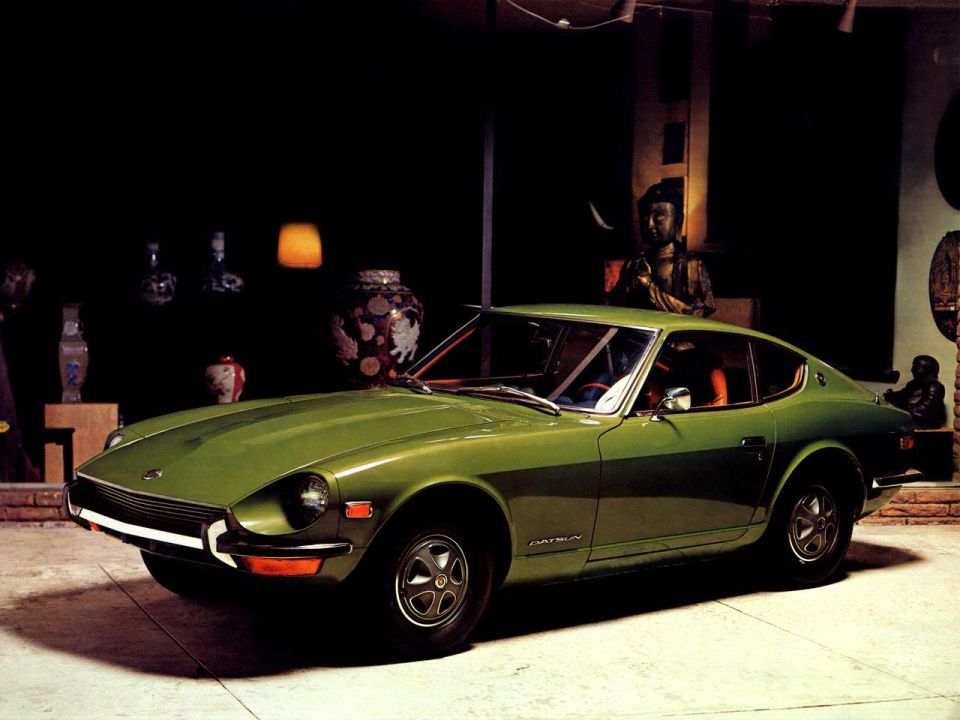
Nissan is currently involved in a strategic alliance with Renault and Mitsubishi, working to develop electric vehicle (EV) tech and develop new versions of its current models like the Navara ute.
In-house tech developments include advanced hybrid tech in the form of e-Power, utilised in specific versions of the Qashqai and X-Trail, alongside the EV tech it pioneered with the mass-market launch of the Leaf 14 years ago.
Curious about where the brand came from, what it sells, and why it used to be called Datsun? Here’s everything you need to know about Nissan, one of Japan’s largest automakers.
Interested in a Nissan? CarExpert’s specialists can help you find a deal.
MORE: Everything Nissan
Though it didn’t start as Nissan, the company that kicked things off was founded as Kwaishinsha Motor Car Works in 1911 by mechanical engineer Masujiro Hashimoto in Tokyo, Japan.
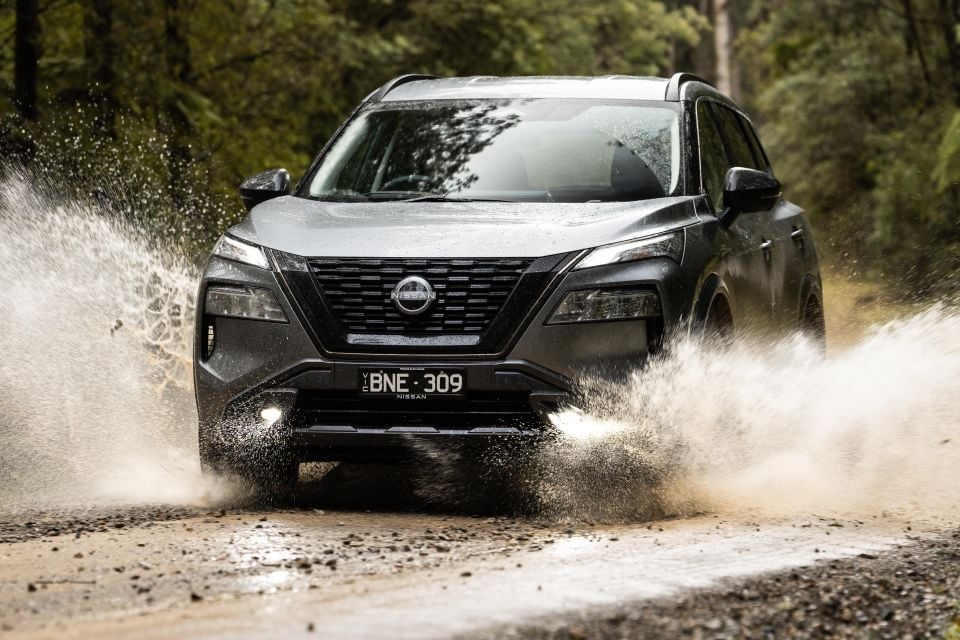
The Kwaishinsha Motor Car Works company began its automotive journey in 1914, when it launched its first car – the DAT 31. The name was taken from the initials of the surnames of the company’s three major investors.
In 1918, the Kwaishinsha company commissioned a new factory in Japan and officially became the DAT Motor Vehicle Company. It then began producing DAT military trucks, though commercial operations were put on hold as the company contributed to Japan’s efforts in the First World War.
After producing light cars and trucks in the early 1920s, DAT Motors merged with another Japanese company and moved its base to Osaka in 1926. In 1931 it launched the Type 11, which had the nickname ‘son of DAT’ and subsequently wore the Datson name.
The name was soon adjusted to Datsun, as the word “son” can also mean “loss” in Japanese. The Datsun name was first used on the Datsun 10 in 1932.
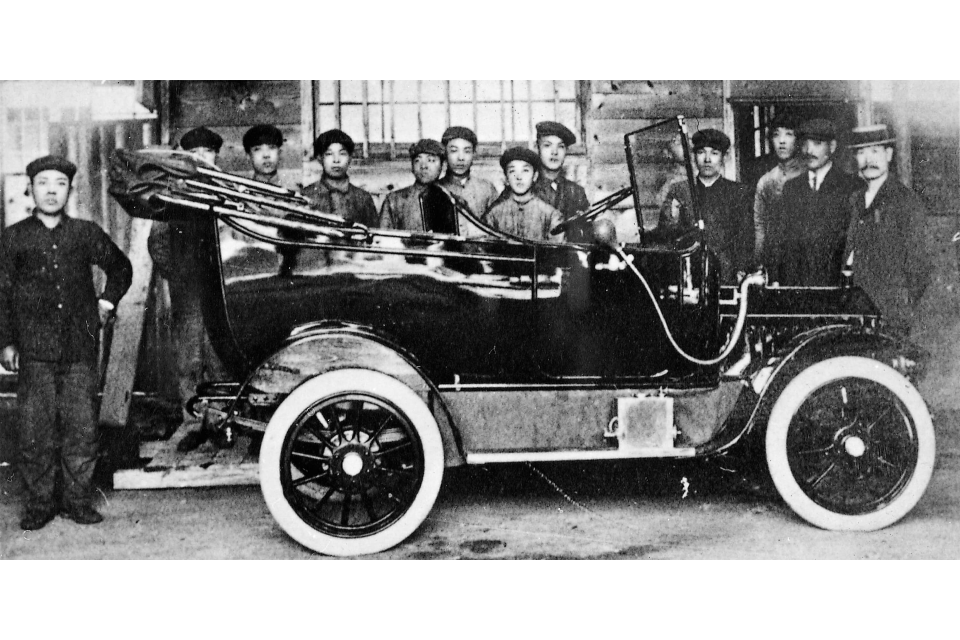
Separately, Japanese entrepreneur Yoshisuke Aikawa founded the holding company Nihon Sangyo in 1928. It was from that company the Nissan name emerged, derived from its ‘NiSan’ abbreviation used on the Tokyo Stock Exchange.
The Nissan company, a conglomerate that owned other companies like Hitachi, took control of DAT Motors in 1933, after which it was moved to the city of Yokohama. The Nissan Motor Company was established in the same year despite concerns over a lack of demand for passenger cars in Japan.
In 1934, the first Datsun (produced by Nissan) arrived in Australia in the form of the Type 12, otherwise known as the Phaeton. It offered a 750cc water-cooled inline four-cylinder engine mated with a three-speed manual, offering a maximum power output of 9kW.
The construction of Nissan’s factory in Yokohama was finished in 1935, with 44 Datsuns subsequently shipped to Asia, and Central and South America. The first car wearing the Nissan name – the 70 – was launched in 1937, built with equipment purchased from the United States which meant it had similarities with comparable Fords and Chevrolets.
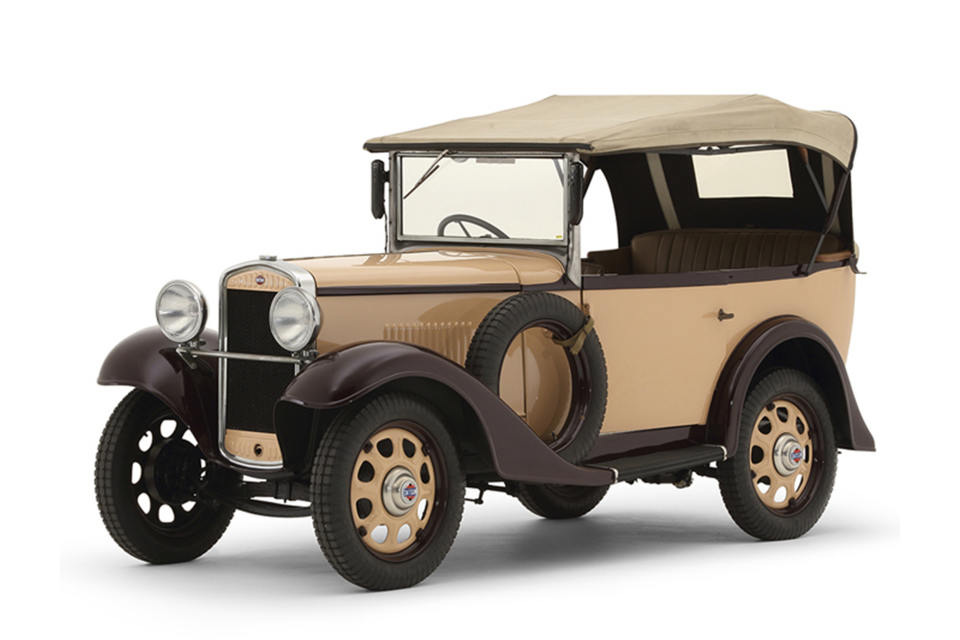

In the late 1930s, Nissan built trucks, planes, and engines for the Japanese Army, and in 1937 moved its headquarters to Xinjing in what is now China. It again supported the Japanese war effort throughout the Second World War, though its head office was moved back to Tokyo in 1944.
Production resumed following the war, but not before Nissan developed its Tama electric car in response to global oil shortages in 1947. With an all-electric drivetrain, the Tama was said to be capable of travelling just under 100km on a charge.
The Yokohama plant began producing cars again in 1952, manufacturing a version of the Austin A40. Nissan entered a legal agreement with Austin in 1952, under which it produced more than 20,000 Austins for the Japanese market until 1959.
Nissan benefitted from the agreement and leveraged several engine designs from Austin, which were utilised in Datsun models in the 1960s. Most notable was the 240Z sports car, which was introduced in 1969 and quickly boosted Nissan’s reputation with its desirable status.
1966 also saw Nissan’s merger with the Japanese Prince Motor Company, which brought with it more upmarket cars like the Skyline and Gloria.
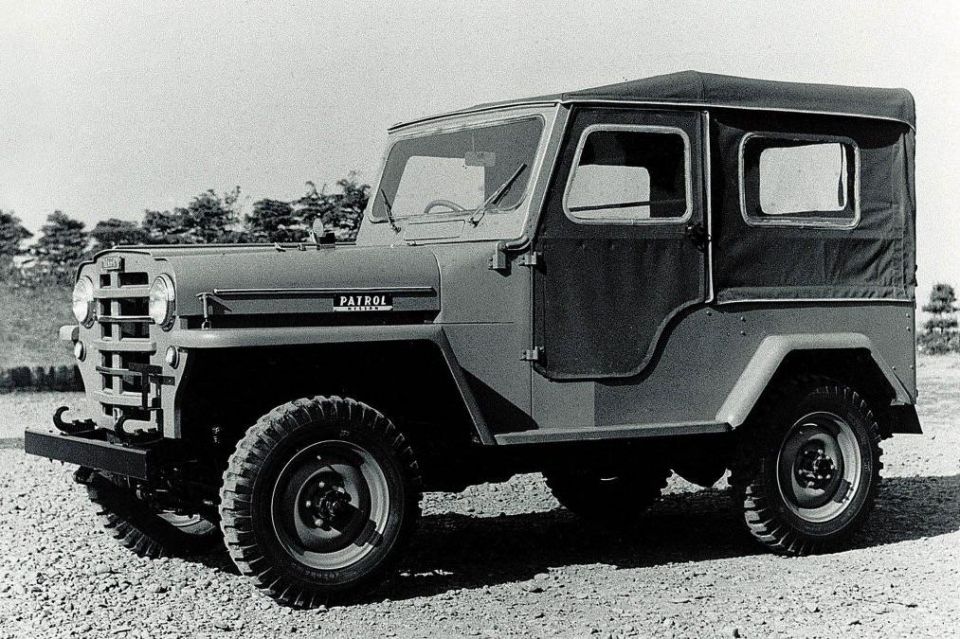
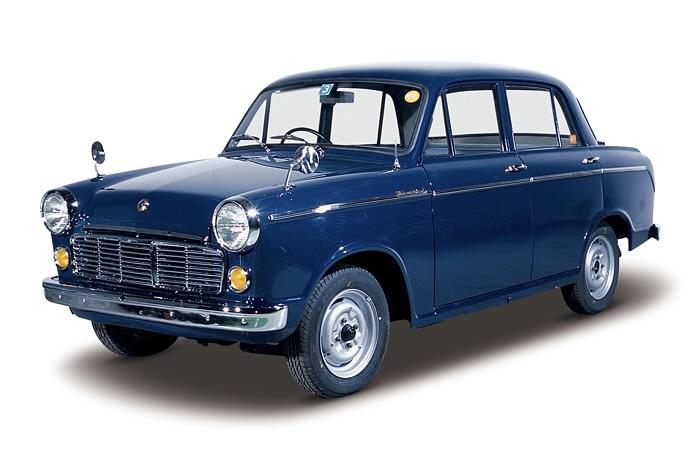
In the early 1960s, Australian industrialist Lawrence Hartnett became aware of the brand and was impressed by the Datsun Bluebird P310. That then prompted him to secure Australian distribution rights for the model, which led to the assembly of 20,000 Bluebirds annually for the Australian market from 1966.
Those models were produced at a factory in Sydney from 1966, the same year Nissan Motor Company Australia was established. Such developments followed the arrival of the four-wheel drive Patrol, which went on sale in Australia in 1960.
Nissan opened its Australian headquarters in Dandenong, Victoria in 1977. Production began in Clayton in the same year with the Datsun 200B, followed by Nissan’s decision to phase out the Datsun name worldwide in 1983.
Subsequent Australian-produced models bearing the Nissan name included the Gazelle (a rebadged Silvia) and Pulsar, followed by the Skyline and Pintara in 1986. Nissan’s Australian production ended in 1992 after figures had fallen from more than 50,000 to less than 36,000.
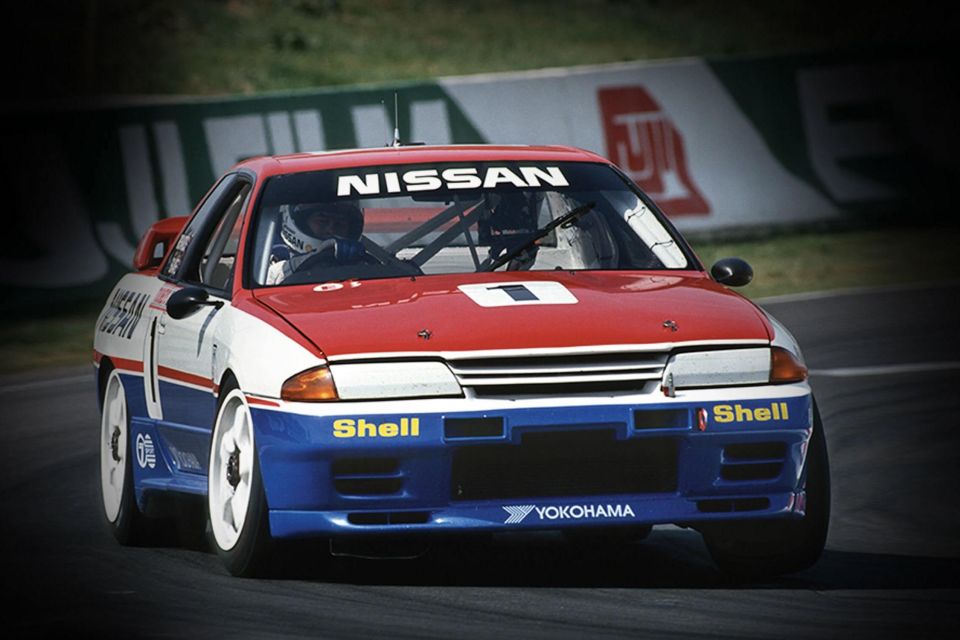
Nissan’s motorsports pedigree in Australia had been growing since 1958 with the Datsun 210’s class win in the 16,000km Australian Mobilgas Trial endurance race, though it properly stamped its name in the history books in 1991.
The R32 Skyline GT-R, colloquially known as Godzilla, became the first Japanese car to win the Bathurst 1000 in 1991 at the hands of Jim Richards and Mark Skaife, a feat it repeated in 1992.
Nissan also won the Australian Touring Car Championship in both years, and remains the only multiple winner at Bathurst besides Holden and Ford.
The brand returned to the V8 Supercars series in 2013, following changes to eligibility rules allowing Kelly Racing to enter cars based on the Nissan Altima. The team was able to score a podium at the 2014 Bathurst 1000 and three race wins before the Altima was retired at the end of 2019.
That same year was the 50th anniversary of the GT-R, commemorated with a special edition of the iconic GT-R R35. Nissan is also a prominent competitor in the FIA Formula E series, which it joined in the 2018/19 season.

In 1999, Nissan entered a partnership with Renault amidst financial difficulties. Mitsubishi joined the agreement in 2016 as Nissan acquired a 34 per cent controlling stake in the company, while Nissan, Mitsubishi and Honda are currently in a partnership to develop electric vehicles (EVs).
The 2000s were a decade of change for Nissan. It introduced some of its current best-sellers like the X-Trail and Qashqai in 2001 and 2007 respectively, while the long-standing Silvia sports coupe met its end in 2002.
It introduced its 350Z sports car in 2003, followed by the 370Z in 2009. The R35 GT-R, which is now reaching the end of its life, also broke cover in 2007.
Nissan is committed to developing electric technology, kicked off in 2010 by the world’s first mass-market EV; the Leaf.
It has a series of new vehicles on the way, namely the next-generation Patrol and Navara, the latter of which will be developed in conjunction with the Mitsubishi Triton.
In 2023, Nissan was ranked the eighth largest manufacturer globally with 3,374,271 units produced. It currently operates facilities in five continents, including Japan, China, Malaysia, the USA, South Africa, and Spain.
Interested in a Nissan? CarExpert’s specialists can help you find a deal.
MORE: Everything Nissan
Nissan is competing with a range of brands on account of its varied lineup, with key rivals being established brands like Toyota, Mitsubishi, Mazda, and Volkswagen.
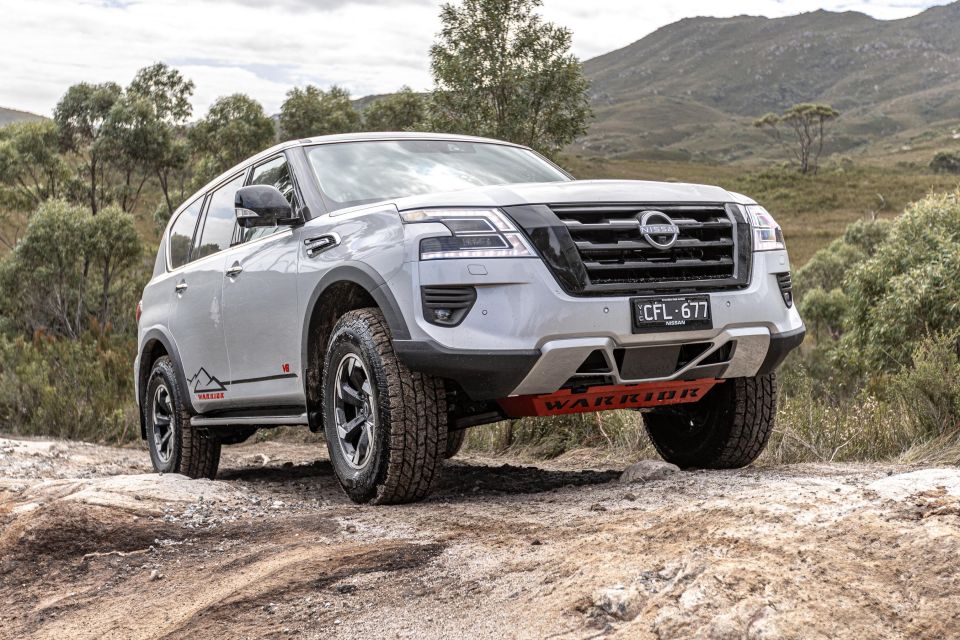

Toyota is the best-aligned rival Nissan has, with a significant portion of each lineup competing directly.
The C-HR and Corolla Cross go up against the Juke and Qashqai respectively, though the C-HR is more expensive than the Juke. The C-HR outsold the Juke by more than 4000 units in 2023, while around 1000 more Corolla Cross units were sold over the Qashqai.
Mid-sized SUVs like the RAV4 and X-Trail are also strong competitors, while the LandCruiser and Patrol are long-standing rivals with plenty of similarities. Toyota has the upper hand in sales by a significant margin for both models.
Toyota’s HiLux ute also dominates the Navara in sales, while the pair even have sports cars that can go toe-to-toe in the form of the Supra and Z respectively.
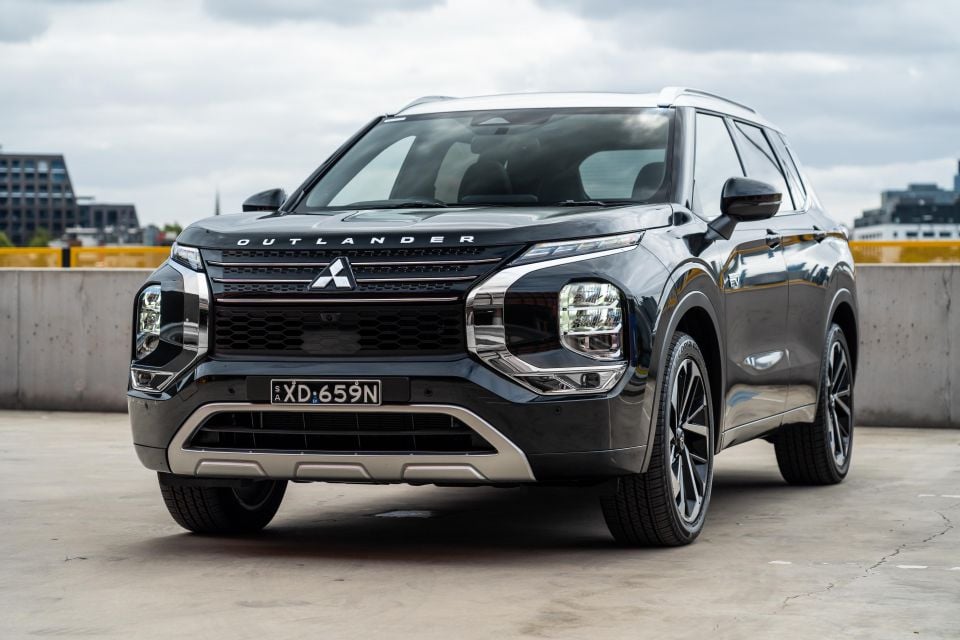
Mitsubishi can compare the X-Trail with the Outlander given they share their underpinnings, while also competing with the Navara with its Triton – though the latter pair will share a platform for their next generation.
Mazda’s smaller SUVs like the CX-3 and CX-30 are well-aligned with the Juke and Qashqai, though Mazda proved to be a stronger seller than Nissan in that category last year.
The German brand’s Amarok is similar to the Navara too, even if Nissan’s offering is outdated by comparison.
Interested in a Nissan? CarExpert’s specialists can help you find a deal.
MORE: Everything Nissan
Nissan’s range isn’t the largest of the manufacturers in Australia, but it covers a variety of cars from smaller EVs, different SUVs, utes, and even a high-performance sports car.
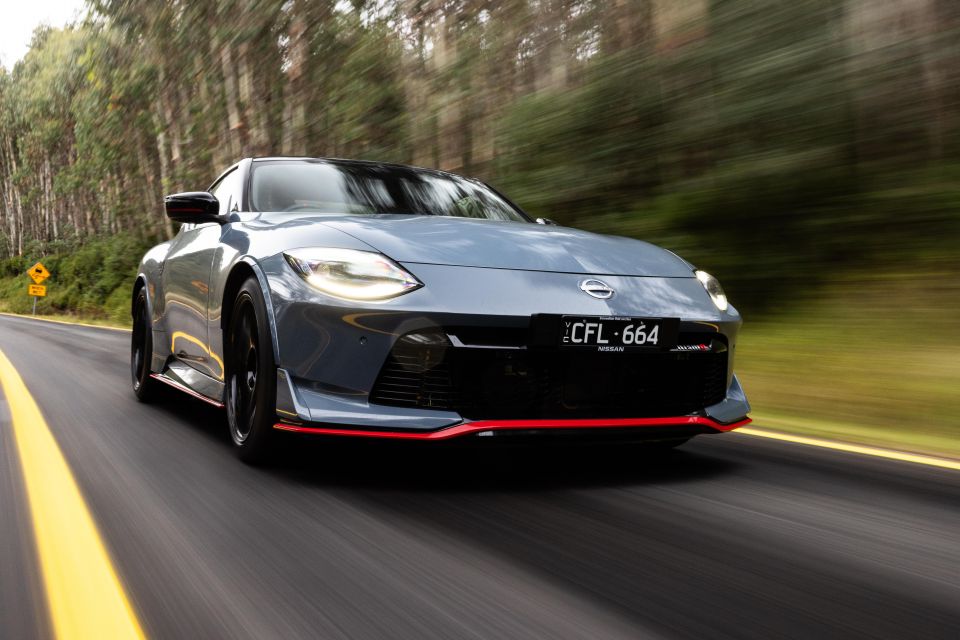
Nissan’s Australian line-up is as follows:
| Model | Segment | Price range | 2023 sales |
|---|---|---|---|
| Nissan Leaf | Small EV | $50,990-$61,490 | 484 |
| Nissan Juke | SUV light | $28,890-$37,390 | 1256 |
| Nissan Qashqai | SUV small | $34,390-$52,090 | 6614 |
| Nissan X-Trail | SUV medium | $37,750-$58,190 | 12,861 |
| Nissan Pathfinder | SUV large | $59,670-$82,490 | 1401 |
| Nissan Patrol | SUV upper large | $88,900-$105,160 | 7812 |
| Nissan Navara | Ute 4×2, 4×4 | $33,550-$71,265 | 8499 |
| Nissan Z | Sports | $75,800-$94,000 | 449 |
All prices are before on-road costs. Click on the car’s name to be taken to its landing page on our site.
All models except the Leaf are still in production, as it’s set to be replaced by the electric Ariya SUV in Australia. An arrival date for that car is not yet known, but you can still get your hands on a Leaf until stock runs out.
You also haven’t been able to buy a new GT-R here since 2021, as changes to the Australian Design Rules (ADRs) brought stricter side impact standards the legendary sports car couldn’t meet.
There’s still plenty of variety if you’re in the market for a new Nissan.
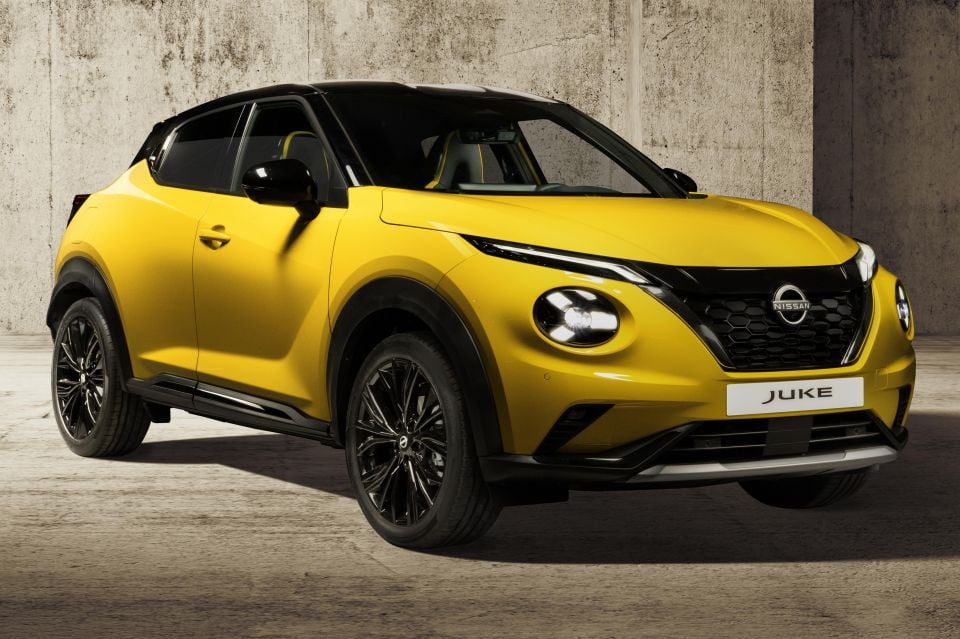
The smallest car in Nissan’s lineup is the Juke, which is powered by a 1.0-litre turbo four-cylinder mated with a seven-speed dual-clutch automatic.
Other cars in the lineup utilising only a petrol engine include the Pathfinder (3.5-litre V6), Patrol (5.6-litre V8), and Z (3.0-litre twin-turbo V6). The Qashqai and X-Trail have the option of four-cylinder petrol engines, though you can opt for Nissan’s e-Power hybrid system as well.
The only diesel powertrain currently available is found in the Navara, which is offered with a pair of 2.3-litre turbo-diesel four-cylinder engines. The base model has a single-turbo with 120kW and 403Nm, other variants have a twin-turbo setup with 140kW and 450Nm.
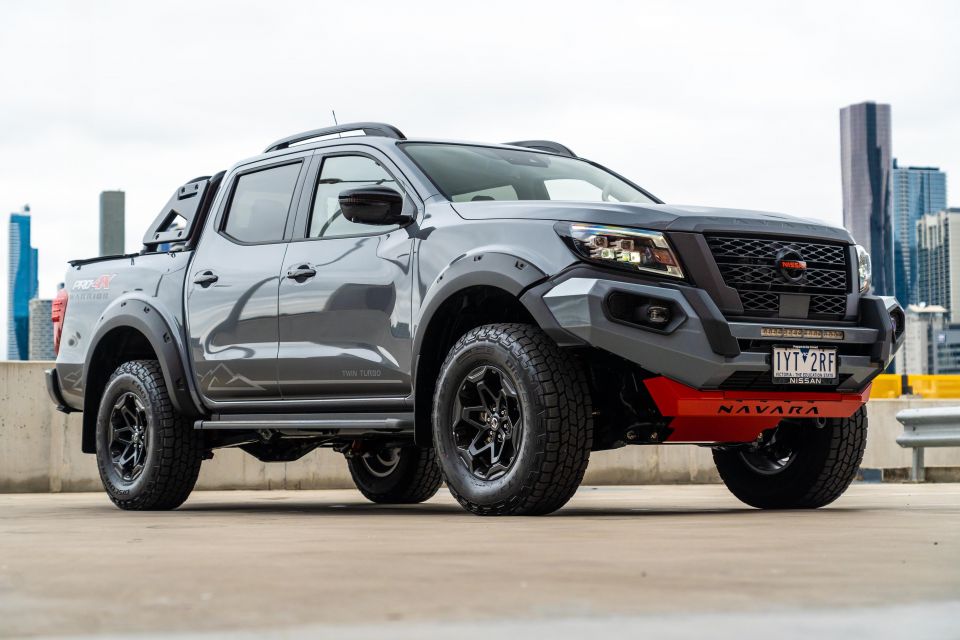
The Patrol and Navara also offer tougher Warrior variants, which are modified by Australian company Premcar for the Australian market exclusively.
There is a new Patrol coming that was recently revealed, and we detailed the changes here.
Similarly, there’s a new Navara on the way for Australia in 2026, which is potentially set to take on plug-in hybrid versions of the Ford Ranger and the hybrid BYD Shark by using Mitsubishi tech.
Interested in a Nissan? CarExpert’s specialists can help you find a deal.
MORE: Everything Nissan
Nissan delivered 39,376 units in 2023, ranking it 12th on the Australian VFACTS sales charts.
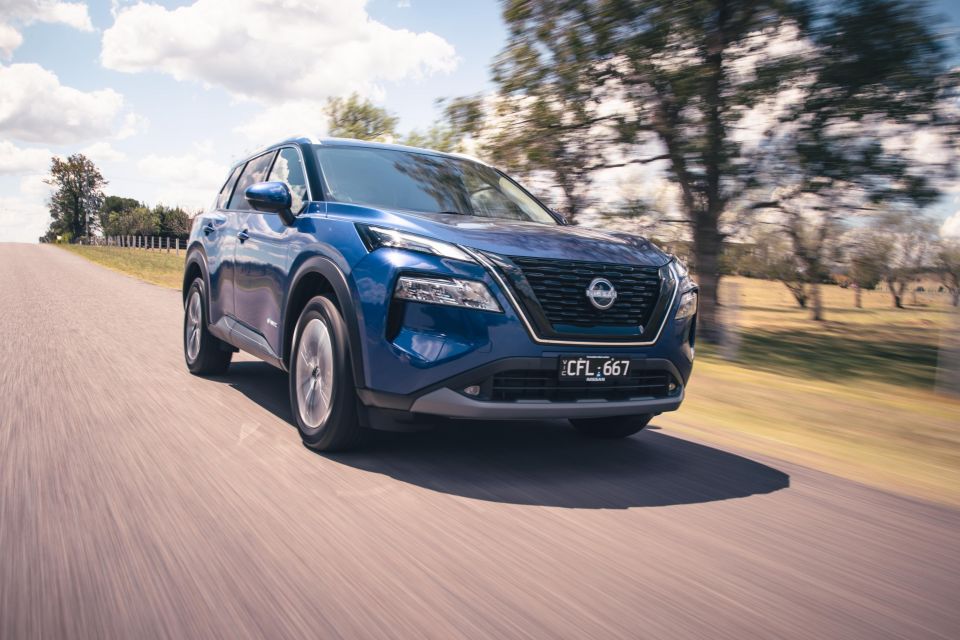
It ranks behind the likes of Isuzu (45,341), Mitsubishi (63,511), Subaru (46,116), and Volkswagen (43,821), while also well behind Mazda and Toyota which delivered more than 100,000 and 200,000 units in 2023 respectively.
Nissan’s highest-selling model is the X-Trail, of which 12,861 units were delivered. It’s followed by the Navara, Patrol, and Qashqai, all of which ranked in the 5000- to 10,000-unit bracket.
Its lowest-selling SUV is currently the Juke, which had 1256 units delivered in 2023. The Z, as a more expensive two-seat performance car, sold 449 units.
Nissan’s Pathfinder, one of its largest cars, only had 1401 deliveries in 2023, well behind the Patrol.
Here’s a breakdown of how Nissan ranked on sales in 2023:
| Brand | 2023 sales |
|---|---|
| Toyota | 215,240 |
| Mazda | 100,008 |
| Ford | 87,800 |
| Kia | 76,120 |
| Hyundai | 75,183 |
| Mitsubishi | 63,511 |
| MG | 58,346 |
| Tesla | 46,116 |
| Subaru | 46,114 |
| Isuzu Ute | 45,341 |
| Volkswagen | 43,821 |
| Nissan | 39,376 |

Nissan has so far delivered 31,593 units in 2024, up 32.1 per cent on the same time last year. In August the brand delivered 3376 units; a 20.2 per cent decrease on August 2023.
In comparison, Mitsubishi has enjoyed strong sales so far this year and has shifted 50,868 units as of the end of August. Its numbers are up on the same time last year, though the same can’t be said for Mazda.
While it’s still well clear of Nissan’s figures, Mazda has so far delivered 65,286 units in a 2.8 per cent decrease on the same time last year. Its monthly figure for August is also down 2.3 per cent, though it still ranks highly on the VFACTS charts.
None are matching Toyota though, as the brand has delivered 165,496 units to the end of August this year. That’s up 23.7 per cent on the same time last year, though its August monthly figure is down by 3.7 per cent.
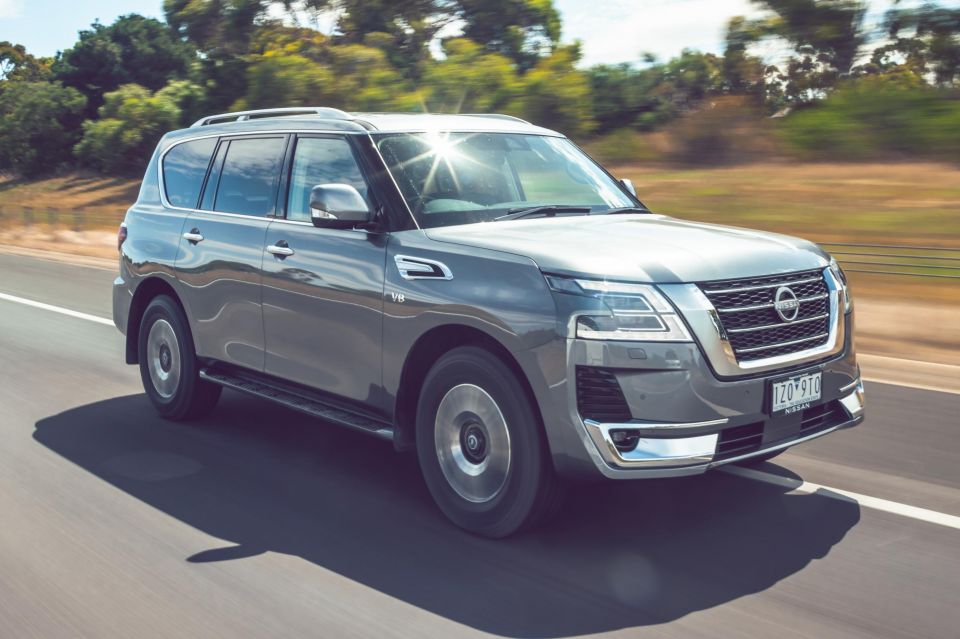
Nissan admitted in 2023 an Australian market share “below four [per cent]” is not where it wanted to be.
It outlined a goal to capture a six per cent share of the market, but as of August 2024 it sits at 3.8 per cent.
Brands with a share greater than six per cent include Mitsubishi, Kia, Mazda, Ford, and Toyota, the latter of which holds a 19.2 per cent share.
Interested in a Nissan? CarExpert’s specialists can help you find a deal.
MORE: Everything Nissan
Nissan isn’t one of the brands planning an EV onslaught in Australia, but there are a few models expected to make their way here in early 2026.
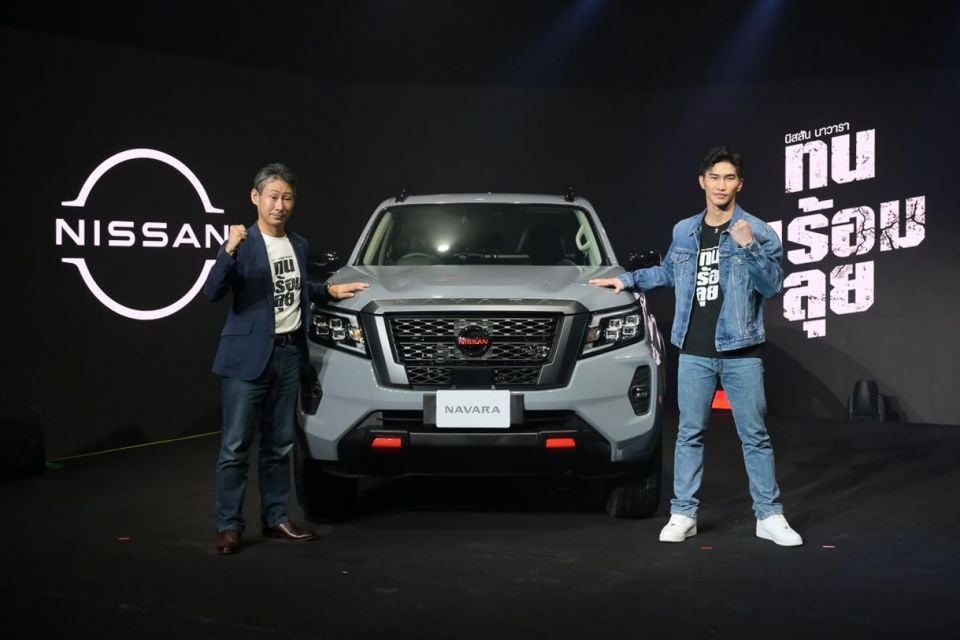
The brand has previously confirmed a one-tonne pickup will arrive here by fiscal year 2026, which ends on March 31, 2026. It’s also been confirmed the next Navara will be built in collaboration with Mitsubishi, and will be available with electric or plug-in hybrid (PHEV) power overseas.
Nissan will produce the next-gen model in Mexico, and offer it with PHEV power in North America. That would make the Navara a global ute, as the current D23 model isn’t offered in North America.
The Y63 Patrol was also unveiled in the Middle East earlier this month. It’s aimed squarely at the Toyota LandCruiser, and is expected to be available to order in Australia in late 2026 ahead of deliveries in 2027.
Differences from the current Patrol are headlined by the removal of a V8 in place of a 3.5-litre twin-turbo V6.
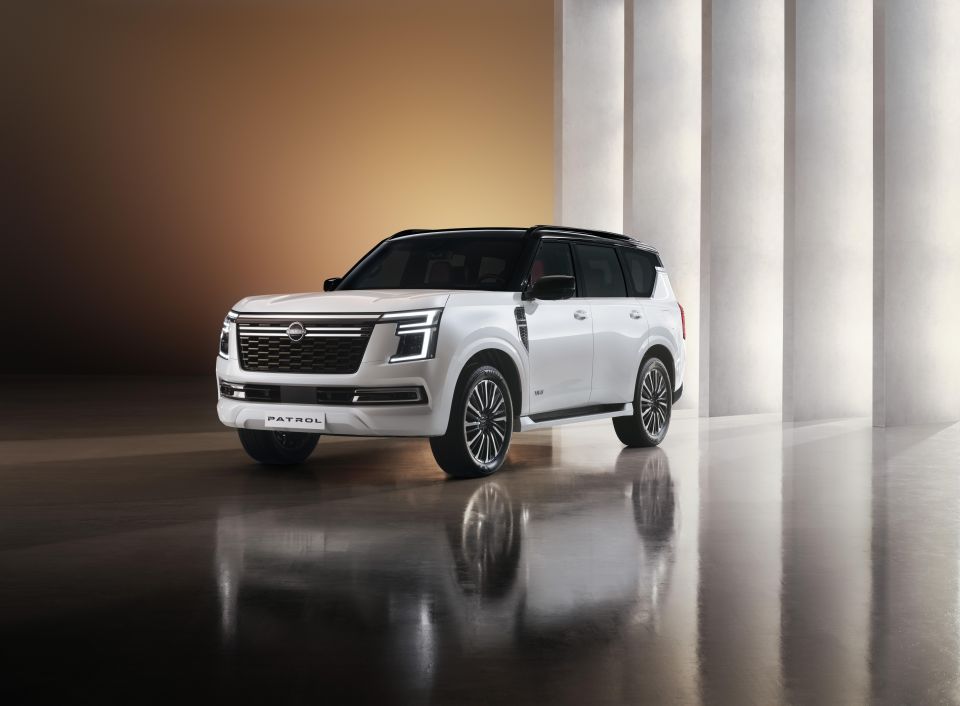
When it confirmed its new one-tonne ute, Nissan also said a new “C crossover EV” would be joining the lineup in early 2026.
It’s unclear whether that car would be the Ariya EV SUV or an electric successor to the Qashqai, as both are referred to as C-segment crossovers overseas.
The Ariya was revealed in production guise in 2020. While it’s been confirmed for Australia, it’s unclear when it’ll arrive.
It’s offered overseas with a choice of 63kWh and 87kWh batteries and single-motor front-wheel drive or dual-motor all-wheel drive, while a hotter Nismo version was revealed earlier this year.

Nissan is also continuing work on its “Nissan Intelligent Mobility” program, which comprises intelligent driver assist tech that will be rolled out in its newest models.
Driver assist tech in the program includes further-developed versions of emergency braking, blind-spot monitoring, moving object detection ahead and behind a vehicle, and intelligent cruise control.
It also includes an “Intelligent Power” aspect, which is utilised in Nissan’s EVs to boost “driving pleasure through power that is also clean and efficient”. It covers systems including one-pedal driving, as seen in the e-Pedal function on the current Leaf.
Nissan’s e-Power hybrid system also falls under the intelligent mobility umbrella.
Interested in a Nissan? CarExpert’s specialists can help you find a deal.
MORE: Everything Nissan
Take advantage of Australia's BIGGEST new car website to find a great deal on a Nissan.
Max Davies is an automotive journalist based in Melbourne, Australia. Max studied journalism at La Trobe University and stepped into the automotive world after graduating in late 2023. He grew up in regional Victoria, and with a passion for everything motorsport is a fan of Fernando Alonso.


James Wong
3 Days Ago
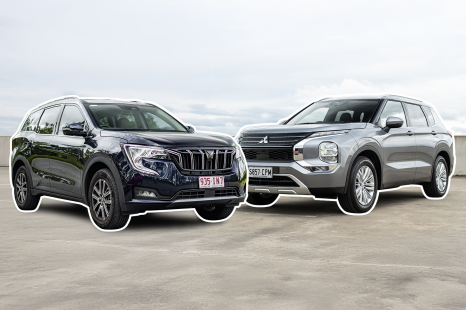

Andrew Maclean
2 Days Ago


Max Davies
2 Days Ago
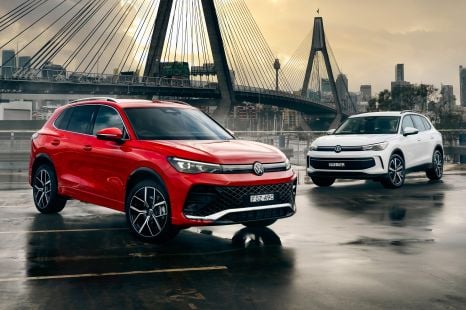

Max Davies
1 Day Ago


Josh Nevett
1 Day Ago
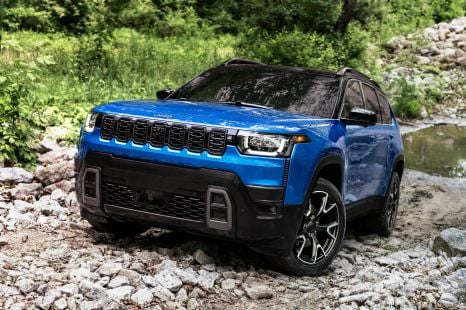

Damion Smy
16 Hours Ago